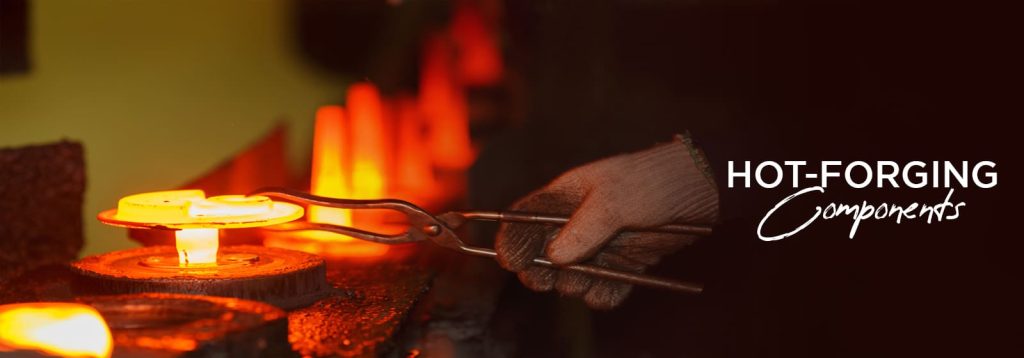History of forging

Forging is a manufacturing process that has been known for several thousand years. Essentially, it involves forming metal parts through localized compressive forces. The forces are delivered with a hammer or a die. Forging is commonly classified according to the temperature at which it is performed: cold, warm, or hot forging.
Historically, forging was performed by a smith using a hammer and anvil. With the advent of the Industrial Revolution, the forging process evolved and became increasingly mechanized. Mechanical hammers and presses were introduced, largely increasing the capacity and efficiency of forging.
In the state-of-the-art forging technologies, there are numerous advancements. Computer-controlled hydraulic hammers and improved die materials have provided richer scientific and historic context. For instance, these advancements helped to extend die life, improve product precision, and reduce the production cycle time.
Currently, forge technology has aroused significant public awareness for its extensive implementations. The technology has become a ubiquitous phenomenon in multiple applications, from the manufacturing of automotive parts to aircraft components.
The field keeps advancing, constantly pushing the frontlines of what is possible in manufacturing. As technology professionals, we are witnessing several emerging techniques and technologies that exploit the advantages of the forging process, including minimization of material waste, increased strength, improved microstructure, and enhanced load capabilities.
In conclusion, the forging process has pioneered the manufacturing industry. It is a remarkable example of a longstanding technology that continues to innovate and adapt, demonstrating its great value and enduring relevance. The constantly-changing landscape of forge technology remains of great recent interest for its multitude of applications and its potential for future advancements.
History of Forging
- The art of forging dates back to at least 4000 BC.
- Metals such as bronze and iron were forged by early man to produce hand tools and weapons of war.
The Forging Process
- The forgesmiths of the 19th century were skilled at hand and open die forging of wrought iron.
- The invention of the Bessemer steel making process in 1856 revolutionized the ferrous forging industry.
Modern Developments
- The industrial revolution led to better equipment and processes in the forging industry.
- The development of solid state electrical induction heaters in the twentieth century improved productivity.
- Today, computer-controlled hydraulic and air hammers have revolutionized forging control and efficiency.
